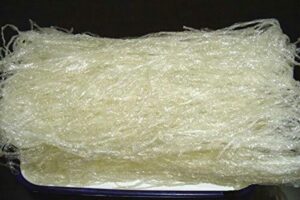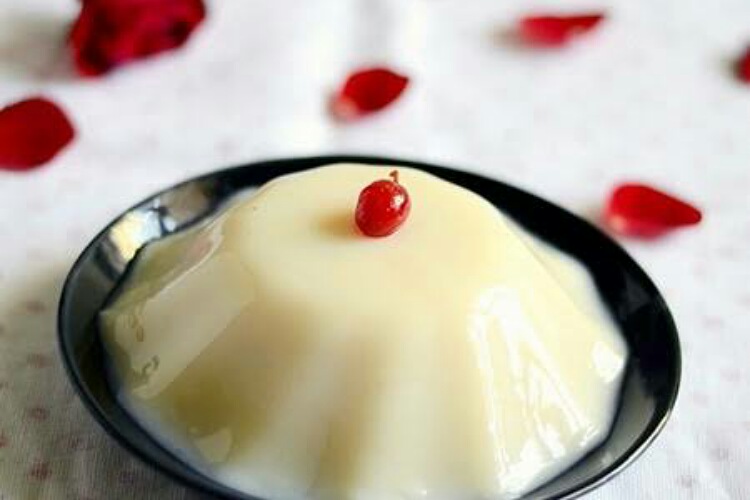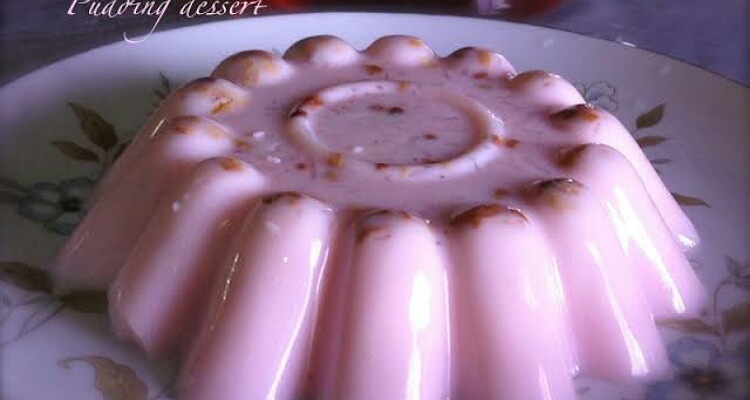Agar agar or china grass is a plant sourced gelling agent used in the food industry. It is a plant substitute of gelatin. Know its components, uses, nutritional values, and side effects.
Agar agar or China grass
Agar agar or China grass is a jelly like substance that comes from the cell walls of certain species of red algae. These are mainly ogonori and tengusa. It is also called Japanese grass.
The composition is polysaccharides. It has two components: the linear polysaccharide that is agarose and smaller molecules of agaropectin.

The main purpose of agar agar is to gel, stabilize, thicken and texturize foods. These may include bakery products, beverages, dairy products, confectioneries, sauces, meat products, and certain dressings.
Even low concentrations of agar agar are sufficient to thicken food products. They set even at room temperature. On setting agar agar is opaque in color and chewy in texture. It goes well with hot as well as cold food dishes.
Nutritional values
Agar agar is available as powder, flakes, threads, and bars. It has high gel strength, low viscosity, high transparency, and setting point of around 32 to 45 degrees Celsius.
Its melting point is 85 to 95 degrees Celsius. Its gelling power is more than gelatin. It is also OK to consume for vegans and vegetarians.

100 grams provides just 26 calories. It has 0 fats and zero cholesterol. Sodium in 100 g of agar agar is 9 mg and potassium is 226 mg. Dietary fiber is 0.5 g.
Total carbs are 7 g with 0.3 g of sugar. There is 0.5 g of protein in 100 g. There is no vitamin C, vitamin D, cobalamin, or vitamin B6. Iron, magnesium, and calcium are in fair quantities.
Uses and side effects
It is a widely used thickening and gelling agent in the food industry. Its name is also E406 and it is a food additive. It has widespread culinary use. It is used in making jellies, custards, and puddings.
In order to make a jelly, boil it in water until it dissolves. Add with flavors and sweetener. You may also add fresh fruits and vegetables. Pour the liquid into molds to set. It does not require refrigerator to set but can set even at room temperature.
Agar agar makes one feel full and can regulate bowels. It is part of fad diets such as Kanten diet of Japan. It is also used widely in Taiwanese bubble tea.
Moreover, it is part of cuisine and dishes in Malaysia, Thailand, Burma, Vietnam, Philippines, Japan, Russia, Mexico, and China. In labs, it is part of agar plates.
It is used as impression material in dental departments. And it is part of modeling clay for kids.

Click the link ahead to read more on Foods from the wilds: alternative free and healthy food source!
Overall, it is a safe food additive. If not taken with enough water, it can swell inside the gut and cause blockage.
If there is chest pain, vomiting, difficult deglutition or swallowing or breathing problems after its consumption, approach a medical emergency center immediately.
